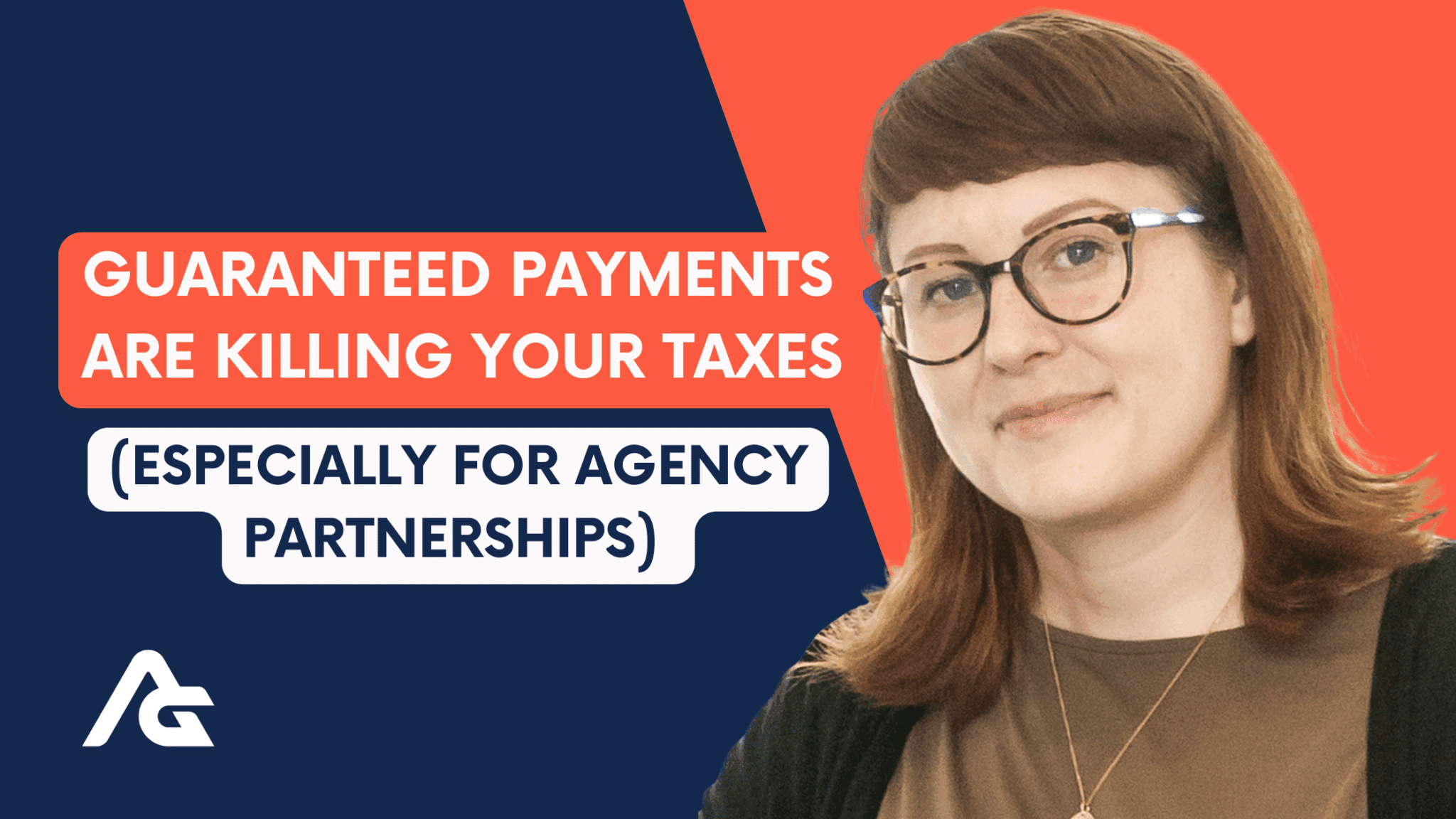Maybe you’ve been in the agency game for a while, or perhaps you’re just getting started, but one thing is clear: pricing is a pain point for every marketing agency owner at some point.
There’s that fine line between charging too little—feeling like you’re giving away your hard work, and charging too much and scaring potential clients away.
So, how do we find that sweet spot?
Let’s dive into a few common pricing strategies and the approach we recommend taking.
Most Common Pricing Models for Marketing Agencies
1. Fixed Fee / Project-Based Pricing
This model is pretty straightforward: you simply estimate the total cost of completing the project (tools you’re going to use + team hours + other resources you’ll need) and add a reasonable markup (typically around 20-50%) to arrive at a set price that your client agrees to pay.
This is popular with clients who are working within a fixed budget, as it gives them the predictability they need.
As for you, it ensures a clear scope of work and a guaranteed payment, so you’re not constantly adjusting invoices or negotiating rates mid-project.
2. Value-Based Pricing
Instead of pricing a service based on the cost, this model charges based on the value your work brings to the client.
The key difference here is that cost covers what it takes to deliver the service—like tools, time, and resources—whereas value focuses on the benefits and results the client gains, such as increased sales, brand visibility, or customer engagement.
This type of pricing strategy is easier to pull off if you have a track record of success and solid proof of the results you’ve delivered in the past.
3. Performance-Based Pricing
If value-based pricing pays you for the potential benefits your work brings, performance-based pricing rewards you for actual, measurable outcomes.
Clients love this because they see it as an investment in outcomes, rather than just a service fee.
And on your team’s part, it incentivizes everyone to go above and beyond, knowing that the better the results, the greater the reward.
While it sounds like a win-win, the risk is that results don’t always go your way, 100% of the time.
So, when the results don’t pan out like you’re expecting, you could end up doing a lot of the work for less money.
4. Hourly Pricing
Hourly billing means your compensation is based on the time you spend working on your client’s project. This means you’ll need to agree ahead of time on which tasks are billable or not to avoid confusion.
Currently, most agencies charge between $150 and $224 per hour, with 30% falling in the $175 to $199 range, according to a study by Promethean Research.
Not many agencies prefer this method. Although it’s fairly simple, it limits the scalability of your earnings since income is tied to the number of hours worked.
Dealing With Pricing Pushback
As business owners, we know that setting a price is one thing—getting clients to agree to it is another.
So, how do you handle pricing pushback in your agency?
We recently had an “aha” moment with one of our clients that showed us just how important it is to dig deeper and make sure pricing aligns with what clients really need.
Let’s look at the example scenario.
The Scenario
This marketing agency’s client was excelling with an e-commerce fashion brand—hitting all performance metrics, doubling year-over-year sales, and seemingly keeping the client happy.
Strangely, though, the brand pushed back when it was time to renew their pricing agreement.
It didn’t seem like “price” was the issue, so instead of jumping to offer discounts, we decided to dig a little deeper to understand their real concern.
What we found was that their cash flow was tight due to seasonal expenses.
Even though sales were up, the brand was dealing with a cash flow squeeze—they had to invest heavily to stock up for the next big sales push.
It wasn’t that they didn’t see the value in the agency’s work; they were just trying to manage their cash carefully at a crucial time.
The Solution
To meet the brand’s needs, we helped the marketing agency develop a two-part plan:
- Performance-Based Incentives: To make it a win-win, we adjusted the pricing model to include performance-based bonuses. If the agency hit specific new metrics, they’d earn extra.
- Flexible Invoicing: Instead of everything being due at once, a large portion of the commission was deferred until the fashion brand’s peak sales season. This way, the client could maintain steady cash flow without worrying about big payments during their stock-up period.
The Takeaway
By really understanding the brand’s needs and helping the client create a tailored solution, what the agency’s first thought was a deal on the edge of falling through ended up teaching something very valuable.
So, when clients push back on pricing, don’t assume it’s just about the cost.
If you can adjust your pricing to fit your client’s reality, you’ll come across as a true partner—not just a service provider.
Wrapping It Up: Setting Agency Pricing
The takeaway? Choosing a pricing strategy is one thing.
But the real sweet spot goes beyond just picking a number—it’s about understanding your value and your client’s needs.
If you need support with evaluating your pricing, margins, or overall bottom line, that’s what we do here at Agency CPAs.
If this sounds like the kind of help you’re after, just click the calendar below to book your first introductory call.
Until next time!




